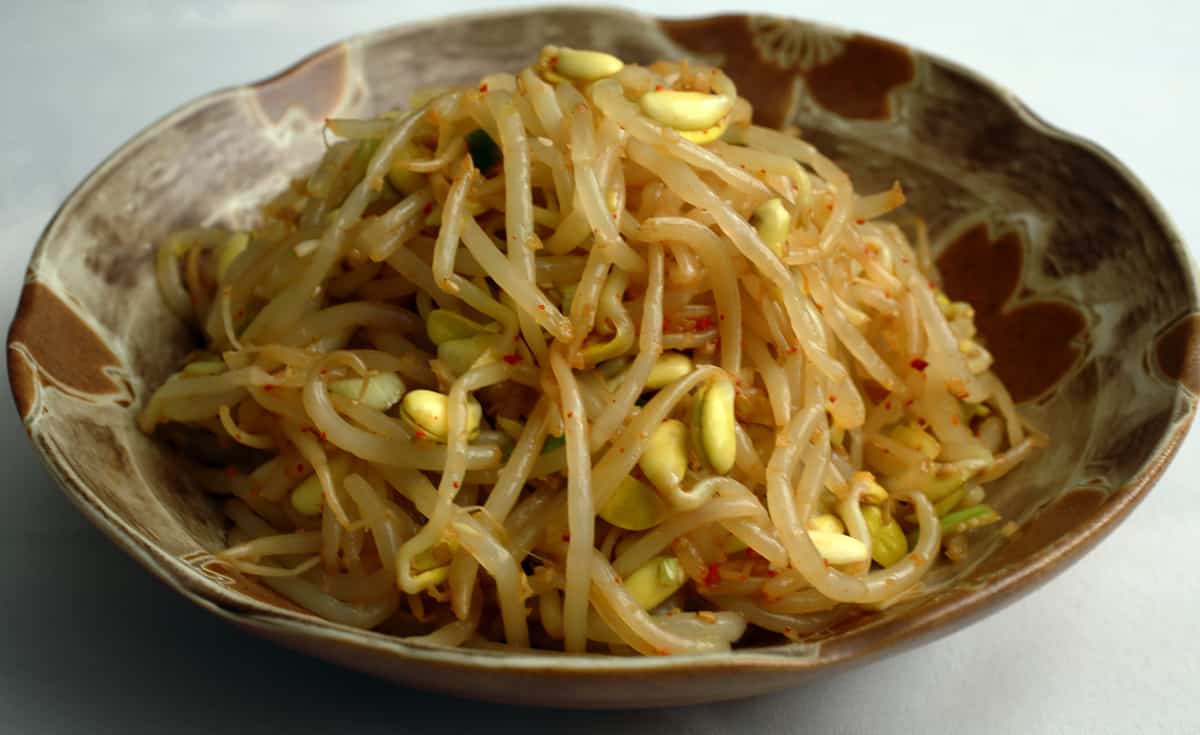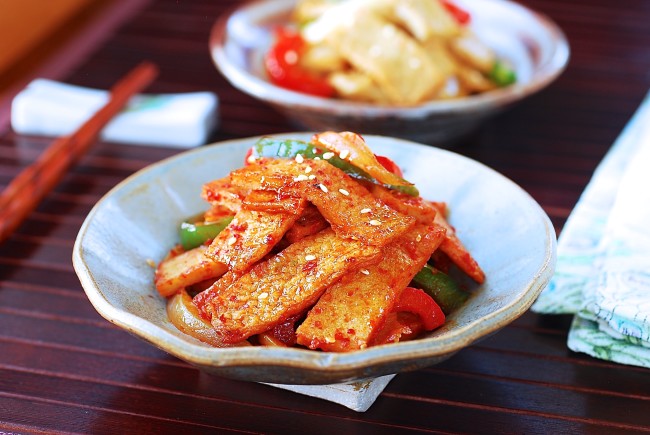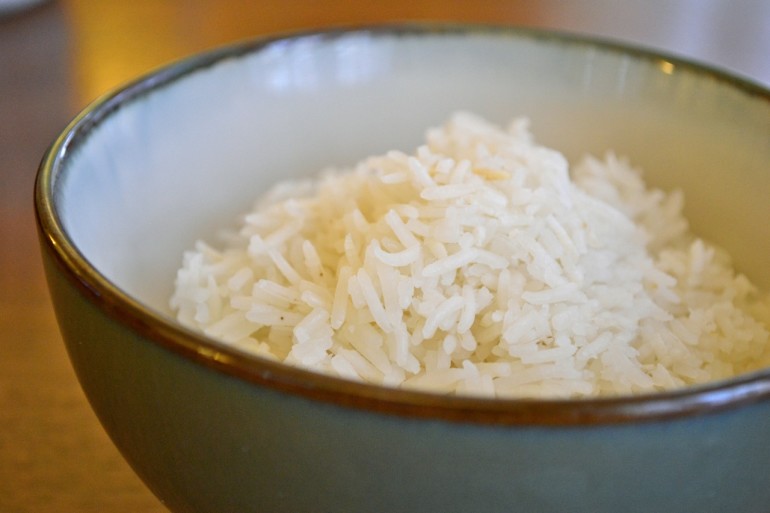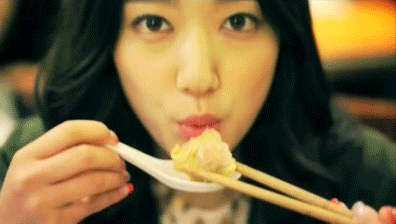Recently, it’s come to my attention that not everyone has a Korean mother. As such, banchan (informally known as “all those little side dish things”) served at Korean restaurants may seem a bit frightening. So I’ve decided to break it down for you all simple-like.
Banchan, or panchan, refers to the side dishes served in Korean cuisine. There are no set rules for banchan, but for this article, I’ll try to cover the banchan most commonly served.
Kimchi

Photo courtesy of john.do
America may run on Dunkin’, but Korea runs on kimchi. Kimchi is composed of spicy, pickled vegetables, so there are many different varieties of kimchi. The three you’re most likely to be served are napa cabbage kimchi, cucumber kimchi, and diced radish kimchi. Kimchi actually has a lot of health benefits.
Kongnamul (Bean Sprouts)

Photo courtesy of maangchi.com
My mom once told me that the more kongnamul you eat, the taller you’ll be. She’s a doctor, so she didn’t really believe it, but it did make me eat a lot of bean sprouts growing up. Kongnamul is mainly composed of cooked bean sprouts and sesame oil.
There are different variations of kongnamul. The most frequently eaten is a spicy variation. It is extremely common in both Korean cooking and banchan. As for its height-giving properties, I’m 5’10”, so take that as you will.
Eomuk Bokkeum (Stir-Fried Fish Cake)

Photo courtesy of koreanbapsung.com
I find that stir-fried fish cake is a pretty self-explanatory, but still misleading name for this dish. This dish is often stir-fried with onions, peppers, sesame oil, sesame seeds, green onions… The list can go on for quite a while.
Most people seem turned off by the idea of fish cake. Something that might be worth mentioning, though, is that fish cake doesn’t have the pungent, fishy odor of seafood. It’s something different altogether, and it is actually hugely popular with kids.
Myulchi Bokkeum (Stir-Fried Dried Anchovies)

Photo courtesy of wizardrecipes.com
Growing up, I never understood my peers’ disgust for anchovies and vegetables. After eating dining hall food for a few months now, I understand it’s because Asian people have the good sense not to boil them to death and then pretend they taste good.
Anchovies form the basis of many Korean dishes, so set your prejudices aside and give it a try. It’ll taste good, I promise.
Ojingeochae Muchim (Dried, Seasoned Squid)

Photo courtesy of maangchi.com
Ojingeochae muchim is somewhat of an addiction for me. If you like squid, you’ll like this dish. I think that summarizes ojingeochae muchim pretty well. You’ll just have to see for yourself.
Bap (Rice)

Photo by Kelda Baljon
One of the easiest ways to enjoy all this banchan is with a bowl of rice. Just take some banchan, put it on your rice, and proceed to eat. While this can often be a meal at home, if you’re at a restaurant, it’s likely that you’ve ordered other dishes.
I would wait to do the bulk of your eating during the main course. However, banchan is not exclusively for rice. Eat it with your main course as well, get creative, and enjoy.

Gif courtesy of tumblr.com
With all this information, you should do OK the next time you go out to eat Korean food. This won’t cover every dish you may encounter, but it should prepare you fairly well. Of course, the best way to get better at knowing your Korean foods is to just eat more Korean food.

